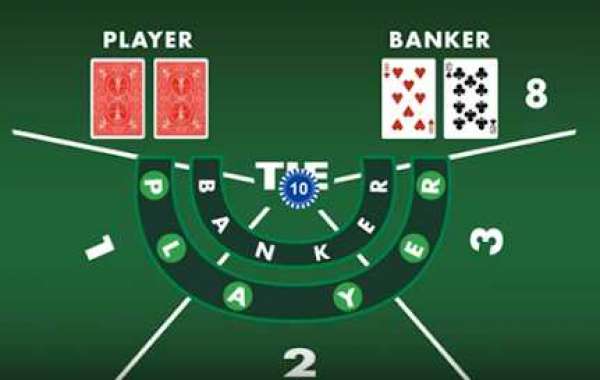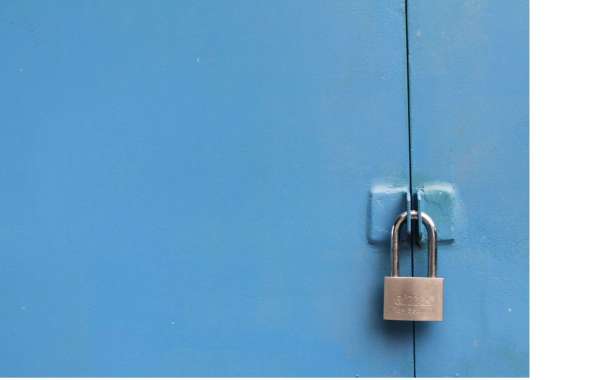In the heart of Manchester, the art of tattoo removal has evolved significantly over the years, with laser technology standing at the forefront of this transformation. This method is widely regarded as one of the most effective ways to erase unwanted tattoos, allowing individuals to reclaim their skin without the need for invasive surgical procedures.
Understanding the intricacies of how laser tattoo removal works can empower those considering this journey, shedding light on the process, the technology involved, and the expertise required to achieve optimal results.
Understanding the Basics of Laser Tattoo Removal
At its core, laser tattoo removal operates on a straightforward premise: using concentrated beams of light to break down the ink particles embedded in the skin. Tattoos are created by injecting ink into the dermis, the second layer of skin, which is why they can be so difficult to remove. The laser works by emitting specific wavelengths of light that target the different colors of ink used in tattoos. When the laser hits the tattoo, the energy from the light is absorbed by the tattoo ink, causing the ink particles to heat up and fragment into smaller pieces.
The body's immune system then takes over, gradually flushing out these smaller ink particles over time. This natural process is what ultimately leads to the fading and eventual disappearance of the tattoo. It's important to note that multiple sessions are typically required to achieve the desired results, with each session spaced several weeks apart to allow the skin to heal and the immune system to do its work effectively.
The Technology Behind Laser Tattoo Removal
The advancements in laser technology have significantly enhanced the effectiveness and safety of tattoo removal. There are primarily two types of lasers used in the removal process: Q-switched lasers and picosecond lasers. Q-switched lasers have been the gold standard for years, delivering short bursts of energy that are ideal for breaking down tattoo ink. These lasers can effectively treat a wide range of colors, but their effectiveness can vary depending on the ink composition and depth of the tattoo.
On the other hand, picosecond lasers represent a newer generation of technology that operates on an even faster timescale, delivering pulses in trillionths of a second. This rapid delivery means that the energy is more efficient at breaking down the ink particles, often resulting in fewer treatment sessions and less discomfort for the patient. The choice between these technologies often depends on the specifics of the tattoo being treated, as well as the individual's skin type and history.
The Process of Getting a Tattoo Removed
When someone decides to pursue laser tattoo removal in Manchester, the journey typically begins with a consultation. During this initial meeting, a trained professional evaluates the tattoo, discusses the patient's medical history, and sets realistic expectations for the outcome. This step is crucial, as it ensures that the individual understands what to expect throughout the process and the potential for side effects.
Once the consultation is complete, the actual removal sessions can begin. Prior to each session, the area surrounding the tattoo is cleaned, and a topical anesthetic may be applied to minimize discomfort during the procedure. Patients often describe the sensation of the laser as similar to the snap of a rubber band against the skin. The duration of each session can vary depending on the size and complexity of the tattoo, but most procedures take anywhere from a few minutes to an hour.
After the laser treatment, it is common for the treated area to be red and swollen, resembling a sunburn. This is a normal reaction and typically subsides within a few hours to a few days. Following each session, patients are provided with aftercare instructions, which often include keeping the area clean, applying ointment, and avoiding sun exposure to ensure optimal healing.
The Impact of Skin Type and Tattoo Age
An essential factor in the efficacy of laser tattoo removal is the individual's skin type. Different skin tones and types can react differently to laser treatment, which is why it's crucial for practitioners to tailor their approach based on each patient's unique characteristics. Lighter skin typically responds better to laser treatments compared to darker skin tones, which may carry a higher risk of pigmentation changes. However, advancements in laser technology have made it possible to safely treat a broader range of skin types, allowing more individuals to benefit from tattoo removal.
The age of the tattoo is another critical aspect to consider. Older tattoos, especially those that have faded over time, tend to respond better to laser removal. This is because the ink particles in older tattoos are often already broken down by the body’s immune system, making it easier for the laser to do its job. In contrast, newer tattoos, which have more vibrant colors and denser ink, may require more sessions to achieve satisfactory results.
What to Expect After Tattoo Removal
After the completion of laser tattoo removal sessions, many individuals express a sense of relief and newfound confidence as they watch their tattoo fade away. However, it's essential to understand that the journey does not end with the last laser treatment. The skin will continue to heal and change over the following months, which is why patience is vital during this process. Monitoring the treated area for any signs of infection or unusual changes is crucial, and individuals should remain in communication with their practitioner throughout this period.
Moreover, some people may choose to undergo additional treatments, such as skin rejuvenation therapies, to further enhance the appearance of the skin post-removal. These treatments can help address any residual pigmentation or textural changes, ensuring that the skin looks as healthy and vibrant as possible after the tattoo has been removed.
Conclusion
In conclusion, laser tattoo removal is a sophisticated and effective method for individuals in Manchester looking to erase unwanted tattoos. The process harnesses advanced technology to break down ink particles, allowing the body to eliminate them naturally. While multiple sessions may be necessary, the overall experience can be transformative, providing a new lease on life for those who seek to remove their tattoos.
For those considering this journey, it is essential to consult with experienced professionals who understand the nuances of laser tattoo removal. If you are ready to take the next step towards reclaiming your skin, the experts at Este Medical Group are here to guide you through every step of the process. Their commitment to excellence ensures that each patient receives personalized care tailored to their unique needs. Contact them today to learn more about how they can help you achieve your tattoo removal goals.






